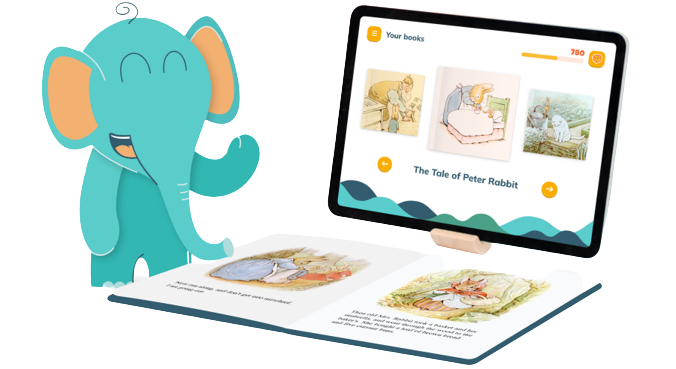1. Work on phonemic awareness
Why this helps: Readers need to be able to decode words quickly and accurately in order to read fluently. This means they eventually need to know all the sounds letters make automatically. And that takes a lot of practice, even beyond Kindergarten.
What to do: Grab some sound cards (these ones are great–and free!) and get practicing! Spending just a couple of minutes a day on this skill will make their decoding quicker and more accurate, which is crucial for fluency.
2. Practice sight words
Why this helps: Much the same reason as why practicing phonemic awareness helps: if your child knows sight words like the back of their hand, they don’t have to use time and mental energy on remembering them while reading.
What to do: Ask your child’s teacher for a list of sight words to practice that are appropriate for your child’s grade and reading level. You can also use the Dolch word list. Pick 3-4 a week to practice over and over.
3. Read aloud to your child
Why this helps: When you read to your child, you’re modeling what fluent reading sounds like. Additionally, you’re helping grow your child’s vocabulary, which is critical for decoding and comprehension.
What to do: Just read! Aim for 15-20 minutes of read-aloud time a day from a book that’s super interesting to your child. And it’s fine if it’s above their own reading level.








%20(1).png)


.svg)


.png)





